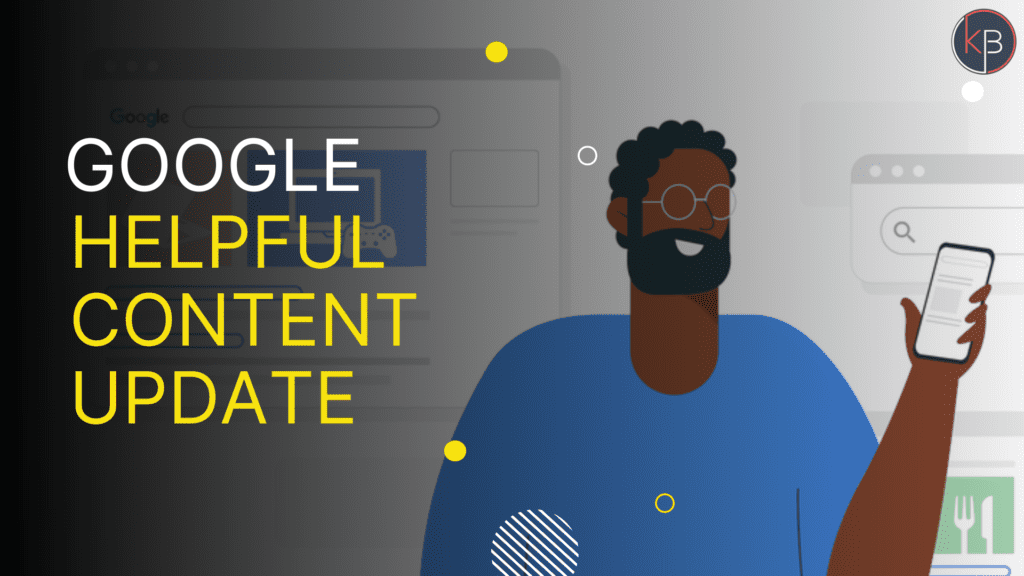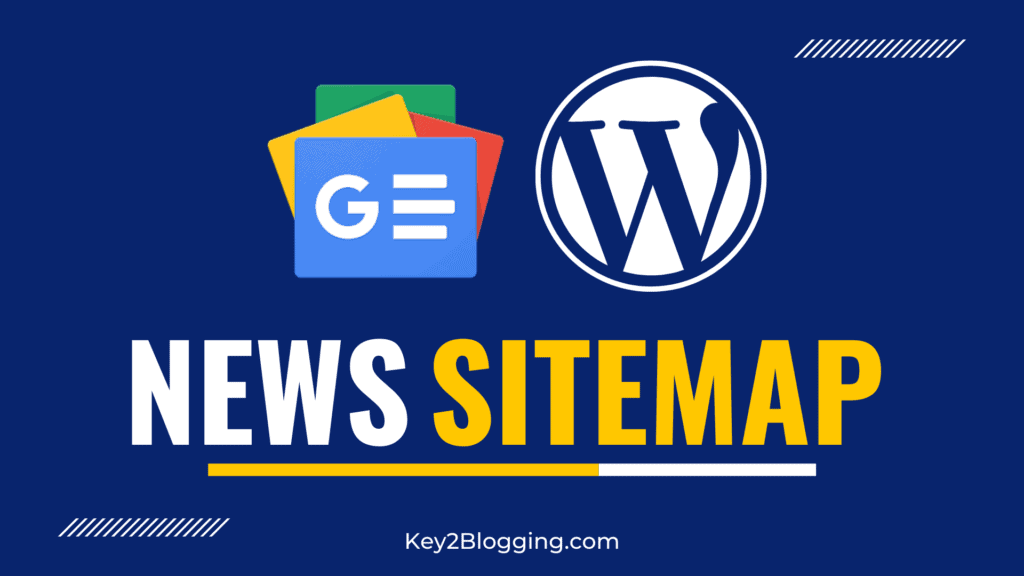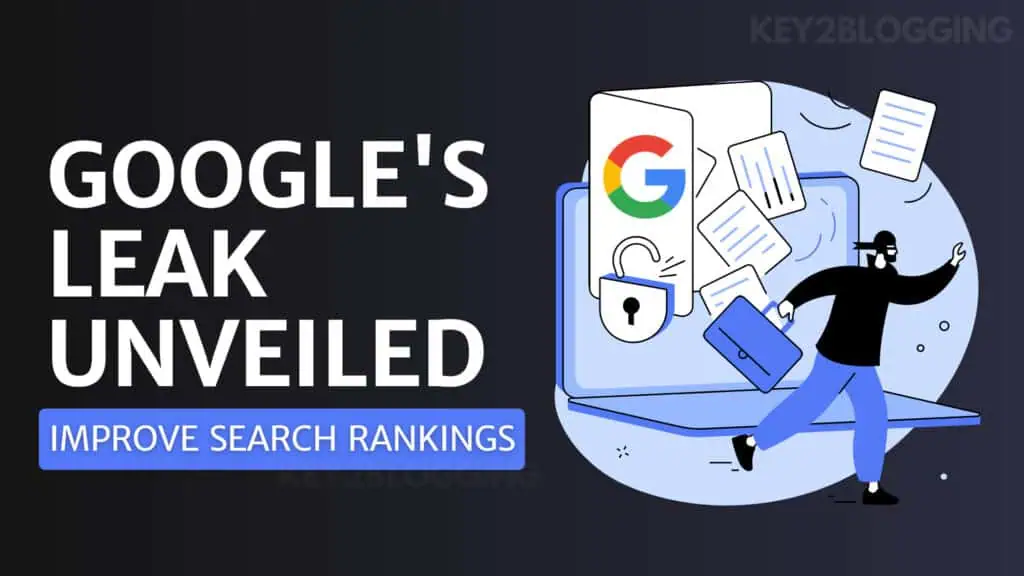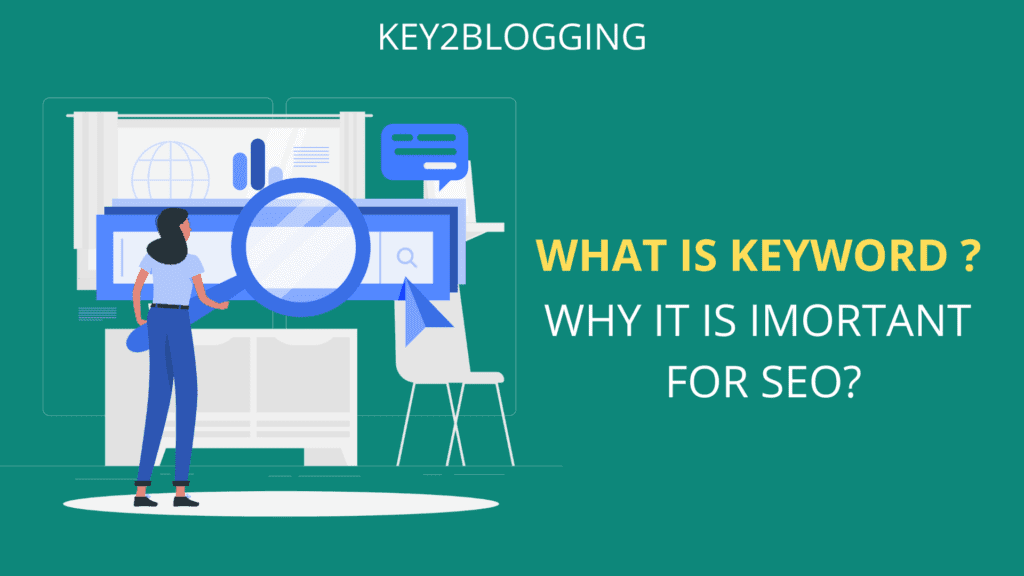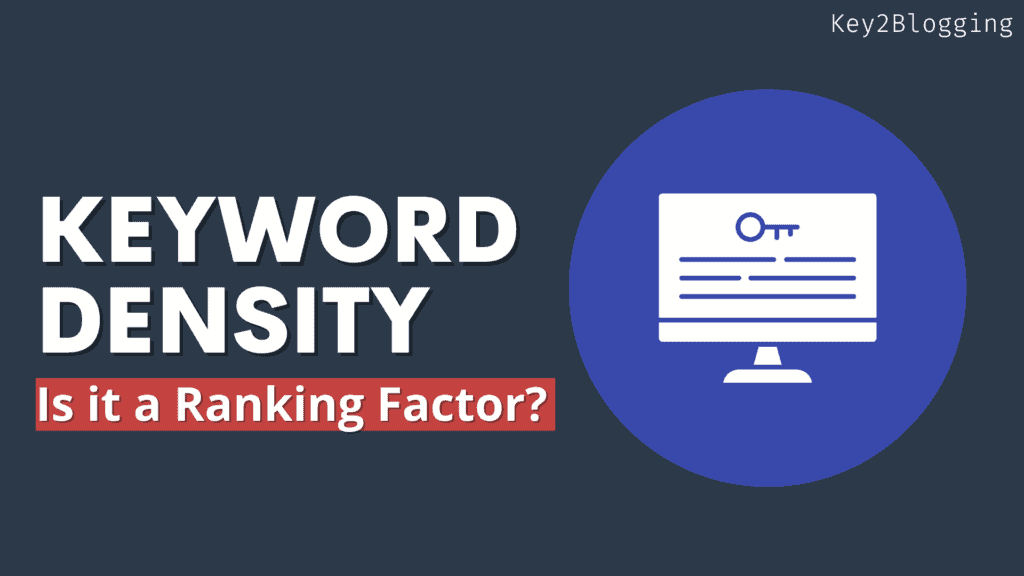9 Simple ways to Reduce Bounce rate on the website (Tips That works)
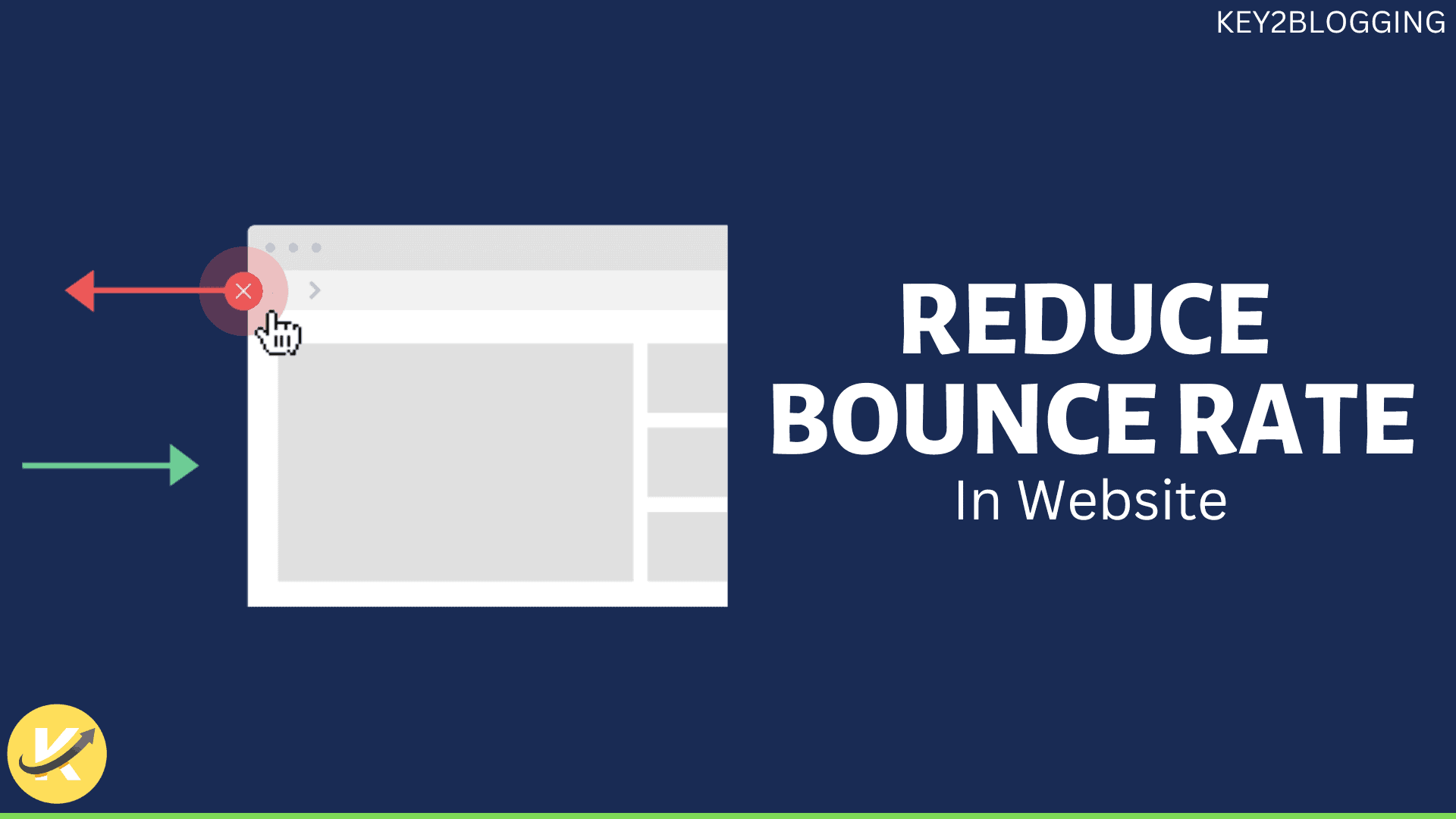
Bounce rate is an important SEO factor that you should focus on to get better search engine rankings.
But, what exactly Bounce rate is, and why it matters in SEO?
Well, that’s what I am gonna cover in this article. I also share with you some proven techniques to reduce the bounce rate of your website. So, grab a cup of tea and start reading.
What is the Bounce rate?
According to Google “Bounce rate is single-page sessions divided by all sessions or the percentage of all sessions on your site in which users viewed only a single page and triggered only a single request to the Analytics server.”
Let me simplify this.
Suppose A user searches a term in Google and comes to your website by clicking on the search result and immediately the user hit the back button or exited the tab.
In this case, the user visited only one page in that session and didn’t visit any other page of your website. So, if the user didn’t even scroll down the page or interact with the page, analytics will not be able to determine the session duration for that user visit and count it towards the bounce rate.
So, out of 100 users if 60 users leave your page without visiting any other page then the bounce rate will be 60%.
Is a high bounce rate a bad thing?
Well, it depends.
It depends on what type of pages you are calculating the bounce rate. Suppose a user visited your Homepage and hit the back button without visiting other pages like blogs, services, or other pages, in that case, a high bounce rate is not Good. It sends a negative signal to search engines about the page.
On the other hand, if a user lands directly on a blog post and reads the entire article, and then hit the back button or exited the tab then, in that case, a high bounce rate is normal. As the user got the information and no need to visit any further page.
I recommend you check the bounce rate of each individual traffic source/Medium. Most likely the Bounce rate is high for direct and social media traffic and it is low for organic traffic.
The lower the bounce rate percentage is the better it is for SEO.
If a particular channel has a high bounce rate then you need to look at your marketing efforts for that channel. If this problem is site-wide then you need to work on your website UI/UX designs, typography, color, call to action, etc.
Why your bounce rate is so high & its solutions?
1. Easy navigation
Site Navigation is an important factor when it comes to bounce rate. So, make sure your site navigation is perfect and users can easily navigate throughout the website with minimum clicks.
I recommend you add important links in the header and footer section and use an HTML sitemap and work on a silo structure for better visibility of important page elements.
You can also enable breadcrumbs in your website which helps both search engines and users to understand the site structure and it also helps in better navigation, and user experience.
2. Slow Loading of the webpage
A Google analysis of 11 million landing pages found that slow loading speed directly correlated with higher Bounce Rates.

It is the biggest and most important factor for bounce rate. If your website is taking longer time to load then most of the users will leave your website and prefer to read any other similar website. So, the load time of that first page is extremely important.
Every second matters in page load time and it affects the bounce rate. So, it is important to optimize the website for both Mobile and desktop devices.
In fact, page speed ( Core web Vitals ) is now an Official ranking factor in Google.
3. Too Many Intrusive Ads
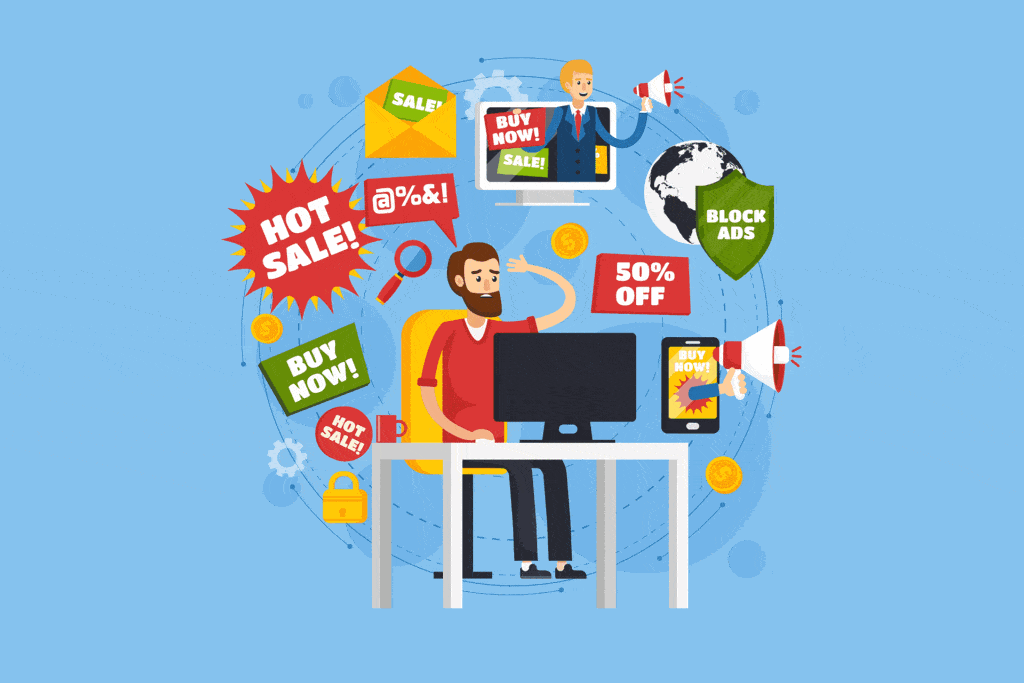
Most websites now use Adsense and other similar networks to monetize their content. But, they put too many ads on a single page just to get more clicks and impressions and better revenue.
But, in reality, it hurts your website SEO including bounce rate. If users see too many ads instead of the actual content then the chances of returning visitors will reduce drastically.
4. Thin and Unhelpful Content
Content is King and it fully applies to website SEO. If you have promised something in your title and thumbnails and didn’t deliver the answer in your content then users will not stay longer on your website.
The chances of getting more than 1 page per session are almost negligible. As result, your bounce rate for that page will be high.
Also, always try to improve the content and cover all aspects of that topic on your page, so the users won’t have to search any other page to get the answer or solution to their problems.
You can include custom high-quality images and infographics, bullet points, charts, tables, etc to hook the user for a longer time on your website.
5. Internal Linking
Internal linking is a great way to hook the user for a longer time on a website. In fact, big websites like Wikipedia use internal linking strategies to boost their SEO rankings.
So, you can link other similar content on your blog within your new content. In this way, users can easily visit another webpage through that internal link. It helps your website distribute the link juice to all pages and eventually helps in ranking.
If you are using wordpress then you can use some plugins like LinkWhisper which will suggest you for the internal link.

6. External site opens in a new Tab
You can also maintain your bounce rate by opening the external link in a new tab. This will open a new tab instead of opening the external site in the same tab.
This will help users to back to your website again easily and you will get more page views from it.
If you are using Rankmath on your wordpress website then you can automate this process just by enabling a simple setting.
Go to RankMath > General settings > Links and you will see the option “Open External Links in New Tab/Window”. Just enable this toggle and save the settings. After that, all external links will open in a new tab. No need to assign this every time.
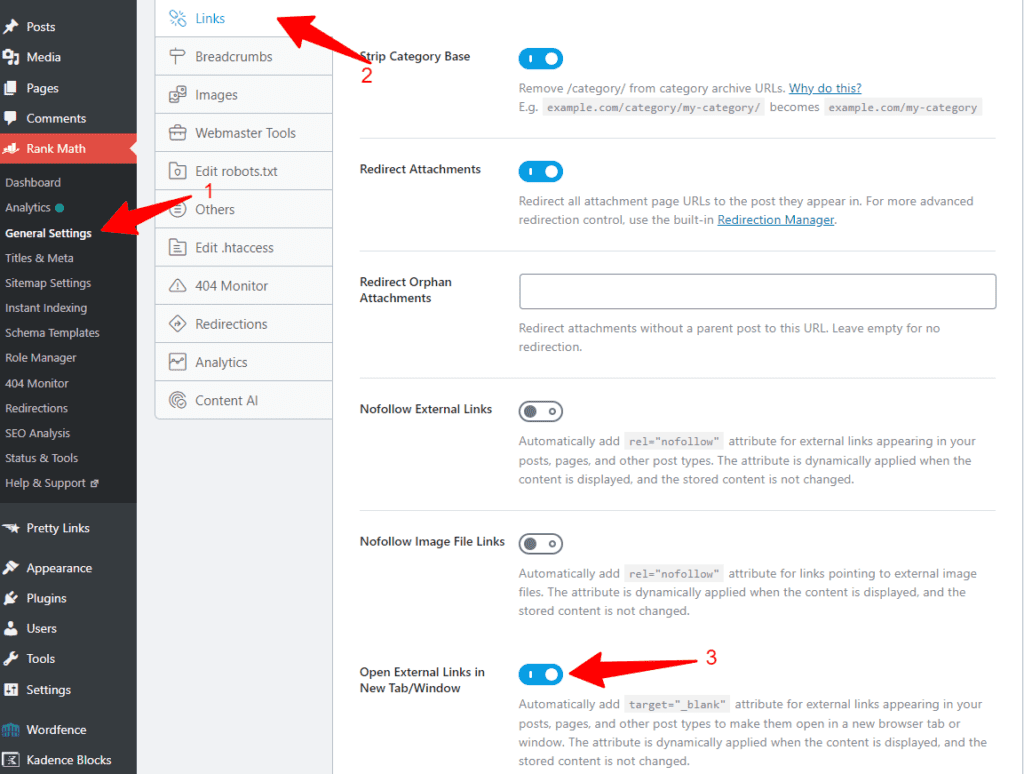
7. Related posts
You can add a related posts section at the end of your blog post to reduce the bounce rate. Users can easily jump to a related post using this section on your website.
You can also show related posts in a bullet format or with titles and thumbnails. Most Blogger and wordpress themes come with related post functionality.
If you are using wordpress then you can use some related post wordpress plugins mentioned below.
8. Search box
You can also include a search button at the header or sidebar of your website. So, users can easily search for different content within your website.
This is one of the basic settings most site owners ignore that can help reduce the bounce rate of a website.
9. Check the readability of your text
Now users have a lot of options to choose from. So, if your content is not easy to read and understand the user will leave your website no matter how well it answers the visitor’s questions.
So, you can reduce the bounce rate by using a bigger and easy-to-read font on your website.
Also, don’t write long paragraphs, instead, you can break them into multiple small and easy-to-read paragraphs. You can also add headings, bullet points, images, and graphs in between paragraphs to make it more interesting.
10. Engage your audience with videos
Videos are another way to keep the user staying longer on a webpage. Most users prefer to watch videos instead of reading long blog posts.
So, you should include at least 1 or 2 videos in your blog post to keep the user engaged. This will help you improve dwell time and keep your bounce rate low.
Frequently Asked Question
Conclusion
Analyzing the bounce rate and improving it is a little bit intimidating. But, it can help you improve your user experience and conversion on your website. It can also help you improve search rankings and get more organic traffic.
I recommend you follow the techniques discussed in this article to reduce the bounce rate on your website.
Remember, there is no magic number that you should achieve. You need to constantly work on improving the user experience and reducing the bounce rate.
Let me know What tools and tricks do you use to monitor and improve your bounce rate?
Read Also: Free indexing checklist: Fix indexing Issue in Google
